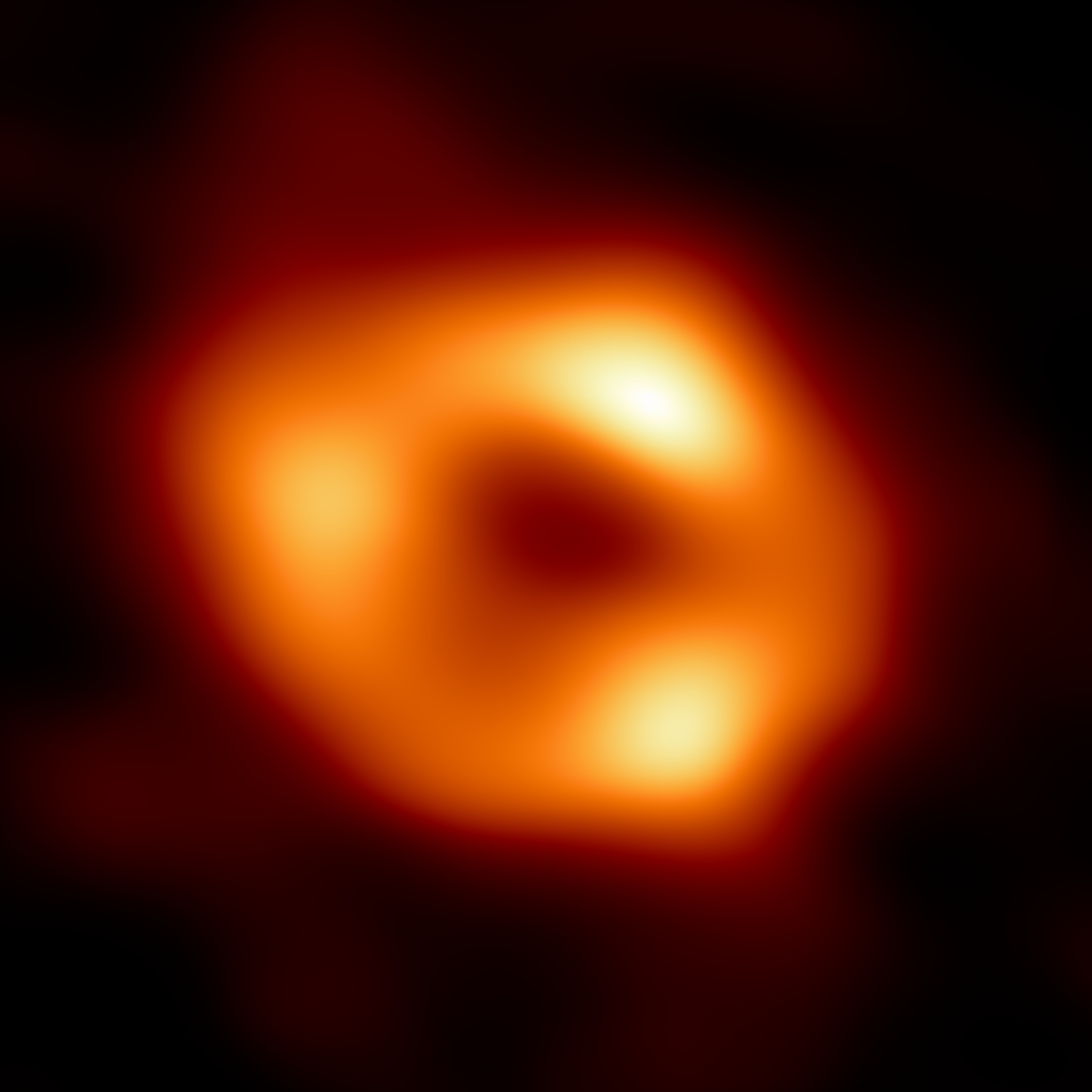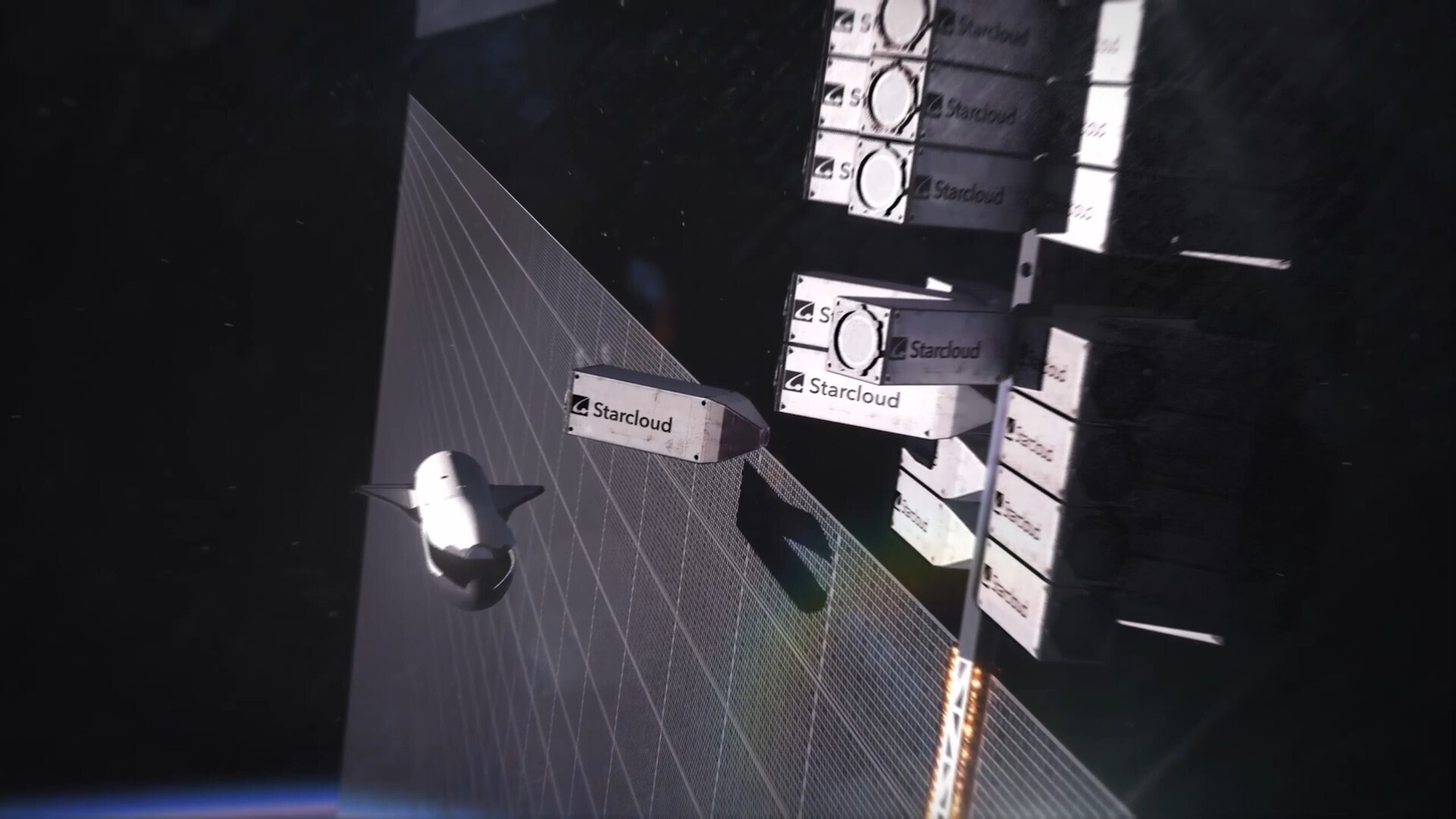Mysterious cosmic threads are reaching out from the Milky Way's monster black hole
Hundreds of lines made from a multitude of gases have been discovered extending outward from the black hole at the center of our galaxy.
The Milky Way is full of cosmic threads reaching out from the supermassive black hole at our galaxy's center.
Hundreds of filaments of gas, each 5–10 light-years in length, line the galactic center and radiate outward along the plane of the galaxy like spokes on a bicycle wheel with our galaxy's black hole at the hub, new radio observations made by South Africa's MeerKAT telescope reveal.
"It was a surprise to suddenly find a new population of structures that seem to be pointing in the direction of the black hole," said Farhad Yusef-Zadeh of Northwestern University in a statement. "We found that these filaments are not random but appear to be tied to the outflow of our black hole."
Related: Milky Way galaxy: Everything you need to know about our cosmic neighborhood
In 1984 Farhad Yusef-Zadeh found huge, thin, magnetic filaments hanging perpendicular to the galactic plane (the imaginary line that separates the galaxy into a "top" and "bottom" half) near Sagittarius A*, the black hole at the core of our Milky Way galaxy that is over 4 million times larger than our sun. But his new discovery of horizontal, threaded filaments that look like lines of the dots and dashes of Morse code came as a surprise.
"We have always been thinking about vertical filaments and their origin," said Yusef-Zadeh. "I'm used to them being vertical. I never considered there might be others along the plane [of the galaxy]."
Despite superficial similarities, the two types of filament are substantially different to each other, and Yusef-Zadeh suspects that they have different origins.
Breaking space news, the latest updates on rocket launches, skywatching events and more!
For example, at about 150 light-years long the vertical filaments are much larger and don't specifically point back towards the black hole, but come in pairs and clusters. They number in the thousands and are filled with particles moving at almost the speed of light.
On the other hand, only a few hundred of the horizontal filaments have been discovered, and all of them located on just one side of the black hole. They appear to glow from thermal radiation emitted by warm molecular gas and given that they point radially away from the black hole, could signify an outflow of material directly from Sagittarius A* itself.
Yusef-Zadeh estimates that the horizontal filaments may be only 6 million years old, and that "they must have originated with some kind of outflow from an activity that happened a few million years ago. It seems to be the result of an interaction of that outflowing material with objects near it."
What these filaments could teach us about Sagittarius A* could ultimately be quite profound. The 'no-hair theorem,' coined by famed theoretician John Wheeler, posits that a black hole can be defined by only three properties: Its mass, its angular momentum (the rotational momentum of the black hole's spin) and its electric charge.
Since black holes are not expected to carry a particularly strong electric charge, it means that black holes are effectively defined by only their mass and their spin and no other features (i.e. they have 'no hair'). For Sagittarius A* we already know the mass — 4.1 million times the mass of our sun — but its spin is less well known, thought to be no more than 10% of the speed of light.
"By studying [the filaments], we could learn more about the black hole's spin and accretion disc orientation," said Yusef-Zadeh. The latter could teach us more about how Sagittarius A* is feeding on material that wanders too close to it.
That the findings came as a surprise to Yusef-Zadeh shows that there is still much to learn about the galactic center and the black hole's interactions with the rest of the Milky Way.
"Our work is never complete," he said "We always need to make new observations and continually challenge our ideas and tighten up our analysis."
The findings were published June 2 in The Astrophysical Journal Letters.

Keith Cooper is a freelance science journalist and editor in the United Kingdom, and has a degree in physics and astrophysics from the University of Manchester. He's the author of "The Contact Paradox: Challenging Our Assumptions in the Search for Extraterrestrial Intelligence" (Bloomsbury Sigma, 2020) and has written articles on astronomy, space, physics and astrobiology for a multitude of magazines and websites.


